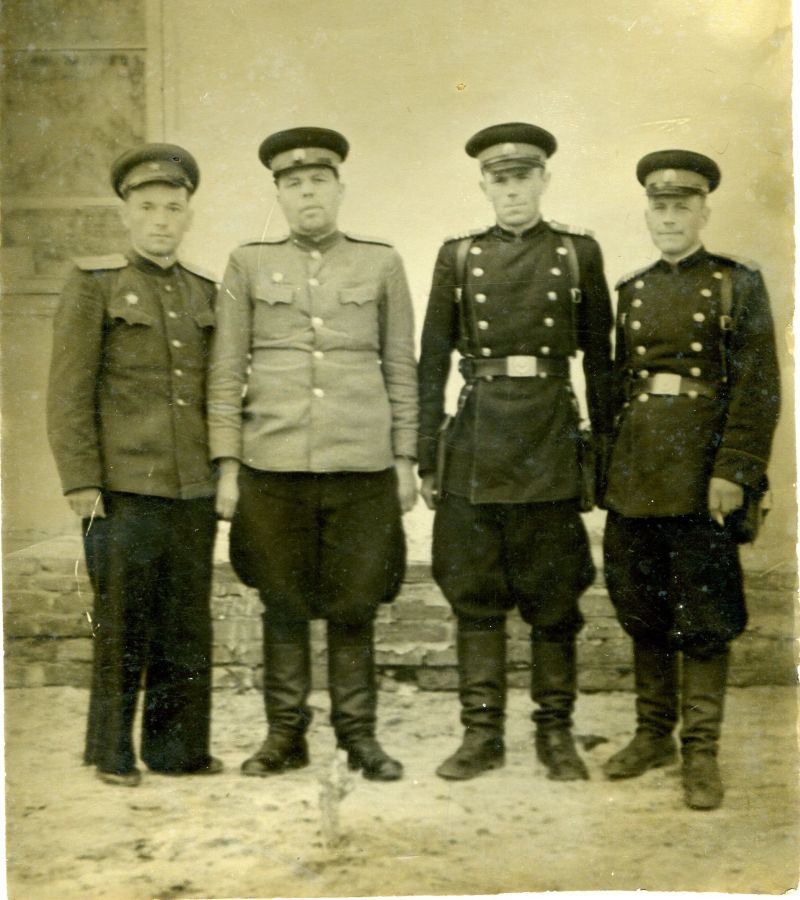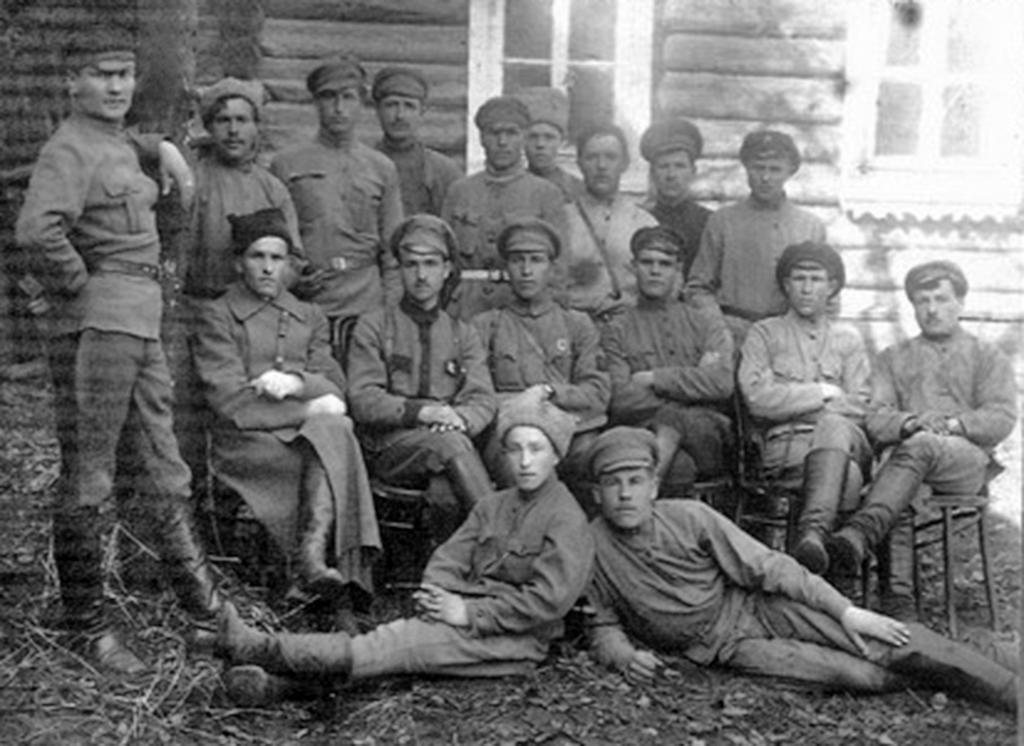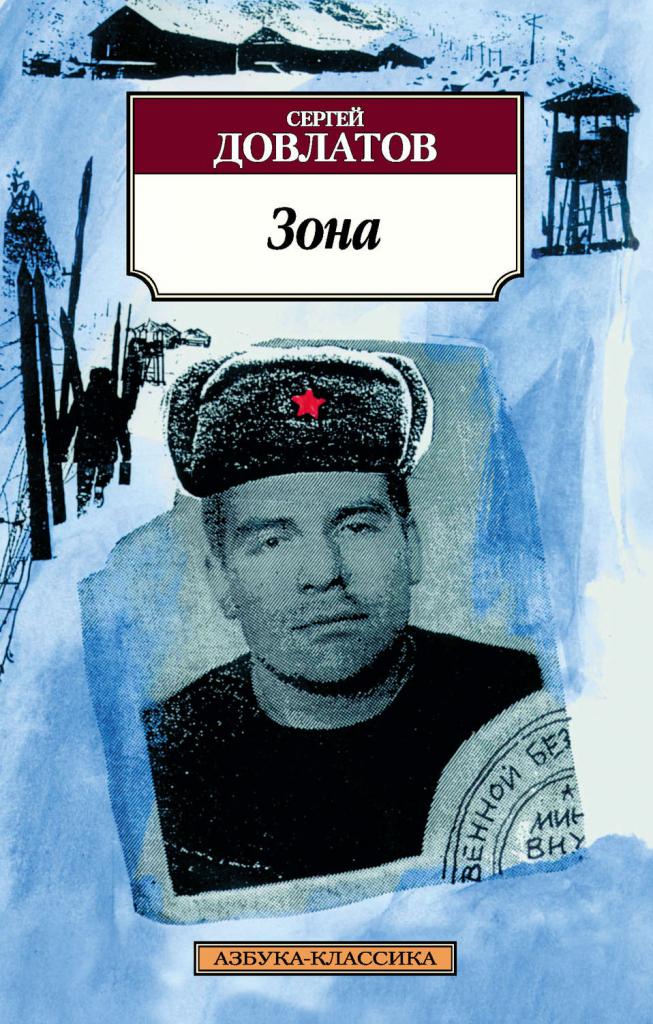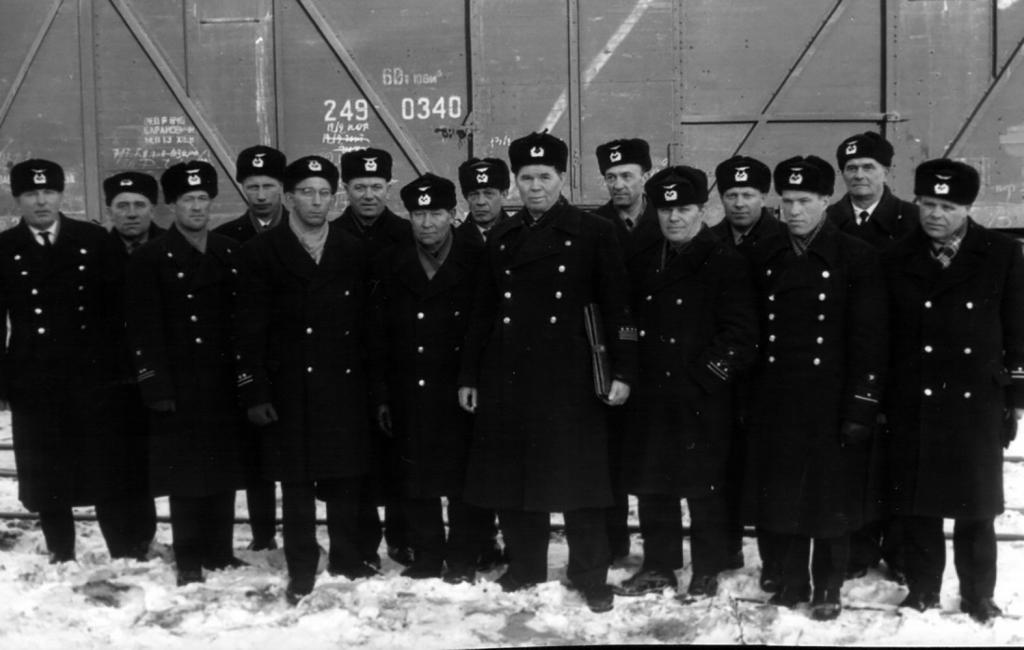The period of the Civil War in the history of Russia is a very difficult, complex and multidimensional time, and it is far from easy to understand facts and faces. The political system was changing, the usual way of life was being demolished. The old world collapsed and a new one was born. One of the creatures of the new world was the spontaneous formation of abbreviations, sprawling, crawling on top of each other, bulky. The abbreviation VOHR, the decoding of which sounds like the Internal Protection of the Republic, was born at that time.
What is WOHR?

Currently, there are at least two meanings and two decipherments of the abbreviation VOHR.
The first is the meaning and decoding of VOKhR in the history of the USSR, namely: troops of the internal guard of the republic of the NKVD of the USSR. These formations will later become part of the troops formed on September 1, 1920, VNUS - Internal Service, one of the structures of Soviet Russia. They will assume the function of protecting the rear of the state. In the future, this formation will be renamed to internal troops.
The second is the modern or, rather, modernized meaning and decoding of the VOKhR: the militarized security of the private security service of the police, as well as the militarized departmental security of enterprises and institutions armed with firearms.
The first of them will be examined in detail in the article, since it is this historical significance that is fundamental to understanding. The decoding of VOKhR in the history of the USSR will, as already mentioned, sound like the Internal Guard of the republic. It is worth noting immediately an important detail: in its pure form, speaking of that period, the concept of VOKhR is rare. Much more often we are talking about VOKhR troops, which are under the jurisdiction of the Cheka, OGPU, NKVD of the RSFSR (USSR). This unit was responsible for the protection and defense of critical facilities, the suppression of counter-revolutionary activities, the protection of railways and communications, the escort of goods and the protection of places of deprivation of liberty.
The formation of troops

The republic’s internal security forces were created in 1919 and existed with some changes until April 1920, when they became a reserve of the existing armies and were subject to reorganization of the Red Army, with the exception of units serving the Cheka. From that time until the collapse of the Soviet Union, the main functions of the VOKhR were the protection of special facilities and places of deprivation of liberty and counteraction of counter-revolution. Thus, from military units, this unit turned into an exclusively intra-regime organ for maintaining order.
Initially, the tasks of the VOKhR included only the protection of important state facilities, guards and guards, the fight against armed counter-revolutionary crimes, and during the surplus-surplus, the removal of surplus grain from the population. The powers and tasks of the service will be clarified and supplemented later, when a system will be built to protect the internal order of a new and already relatively established state entity.
The order of service in the VOKhR troops, the combat training of unit soldiers, staffing and supply were determined by the provisions and standards of the Military Department.
The VOKhR troops consisted of brigades, regiments, battalions, squadrons, batteries and teams for various purposes. The units on the fronts of the Civil War were given artillery batteries.
The structure of troops

VOKhR troops were distributed throughout the country in accordance with sectors that usually coincided with the territory of the military district. Sectors were divided into areas defined by the boundaries of the provinces.Each district was served by its own brigade. At the head of the sectors were the bosses, who had the rights of division heads. There were parts of VOHR in the structure of the Cheka.
The manning of the VOKhR was carried out by the People's Commissariat for Military Affairs. In this case, the manning plan was drawn up directly by the head of the VOKhR and had to be approved by the Labor and Defense Council.
In June 1920, after the reorganization of the VOKhR and subordination directly to the Cheka, brigade schools for junior command personnel were organized. Each school was also assigned a set of weapons models for VOKhR fighters, and from this period, unlike the months of the Civil War, when weapons were sorely lacking, units were relatively regularly supplied with new weapons, including a special model not intended for mass release .
Understanding VOHR in culture. "Zone. Notes of the overseer"

The activities of VOKHR from the point of view of the servants of the structure in culture are little described. One of the rare and vivid examples of works about this organization is the story of Sergei Dovlatov "The Zone. Notes of the overseer." It consists of fourteen independent episodes telling about the life of the camp prisoners and their guards. The first stories were written in 1965-1968. The manuscript was published only in 1982 in the United States.
Sergey Dovlatov worked at the VOKhR in the Komi Republic, and therefore this is not just a camp prose, but a story of a directly eyewitness. The writer himself admitted in personal correspondence that it was a difficult time for him.
An important feature of the story is an attempt to talk about different aspects of camp life, to show life in the zone through the eyes of a warden, in contrast to the prisoners' memories published before. In addition, Dovlatov dealt with criminal prisoners, while a large layer of camp prose describes the everyday life of political prisoners.
